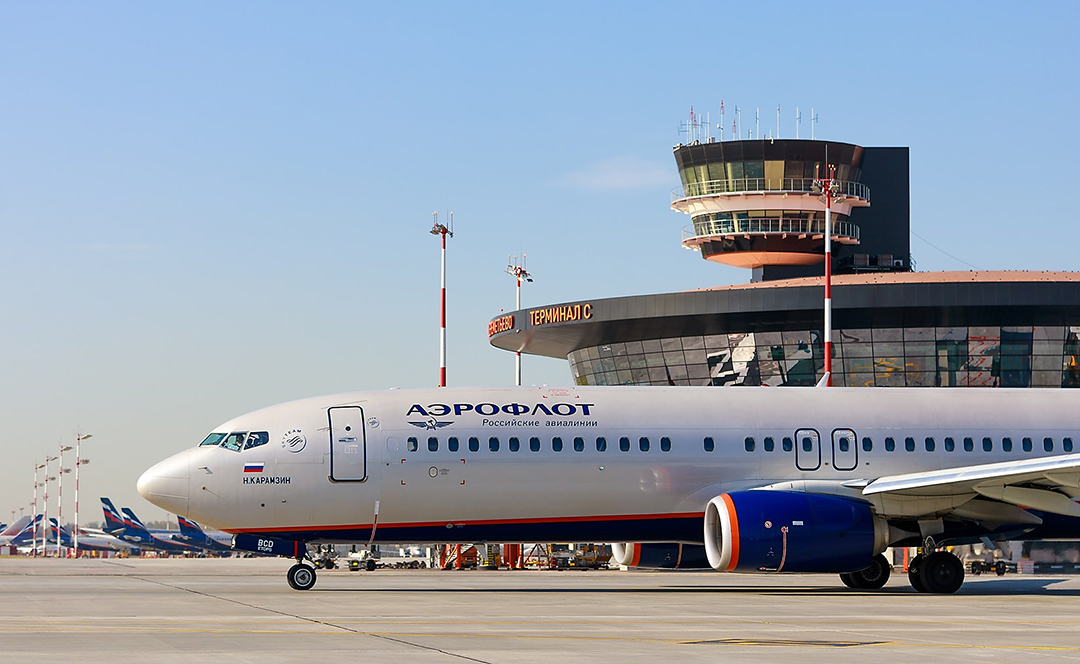Aviation Setbacks Mirror Russia’s Broader Industrial Challenges

This year, Russian aircraft manufacturers delivered only one of the 15 commercial aircraft planned due to sanctions on foreign components and a lack of investment caused by high interest rates, The Gaze reports, referring to Reuters.
After launching a full-scale invasion of Ukraine, Russia lost direct access to foreign aircraft and components, so Russian airlines are now forced to use indirect import channels to obtain the necessary spare parts.
“There is no component base, no technology, no production facilities, no engineers,” said a source in the Russian aviation industry, adding that restoring the full production cycle could take years or even decades.
Recent serious incidents demonstrate the critical need to stop the further deterioration of the aircraft fleet. At the end of July, a Soviet Antonov An-24 built in 1976 crashed in the Far East, taking the lives of all 48 people on board. Just a few days later, Aeroflot was forced to cancel dozens of flights due to a large-scale cyberattack.
Not only the Russian aviation sector, but also the entire industry of the country, is facing difficulties amid attempts to achieve self-sufficiency. In July, industrial production volumes declined at the fastest rate since the start of the full-scale war, reflecting a general slowdown in economic growth.
Officials and businesses emphasize that high interest rates have negatively affected key industries, from automotive manufacturing to metal and fuel exports. In particular, this was one of the reasons for the failure of aircraft manufacturing plans.
After 2021, when Russia added 52 new commercial aircraft to its fleet, including imported Airbus and Boeing models, deliveries of new aircraft declined sharply. Since then, only 13 aircraft have been added, mostly Superjets with a high proportion of imported components and one Tu-214 designed for medium-haul flights.
Due to production difficulties and rising financing costs, the government has repeatedly lowered its aircraft production targets: from 171 aircraft for 2024–2025 to 21. Last month, officials said the targets would be revised again, citing high interest rates that make financing difficult.
Despite the declared policy of import substitution, the Russian aviation industry remains dependent on foreign suppliers. In 2024, aviation parts worth at least $300,000 were imported through intermediaries from Turkey, China, Kyrgyzstan, and the UAE, including components from Safran, Honeywell, and Rolls-Royce. Although there is no evidence that the manufacturers themselves violated sanctions, these goods entered Russia through third parties.
Moreover, the limited supply of new aircraft amid growing demand led to a steady increase in ticket prices in 2023–2024. To compensate for the shortage, the Russian authorities have asked airlines from Central Asia, particularly Kazakhstan and Uzbekistan, to serve domestic routes in Russia.
As The Gaze informed earlier, the Central Bank of Russia issued a warning about the country's future economic development, noting that economic growth could stall as early as the end of 2025.